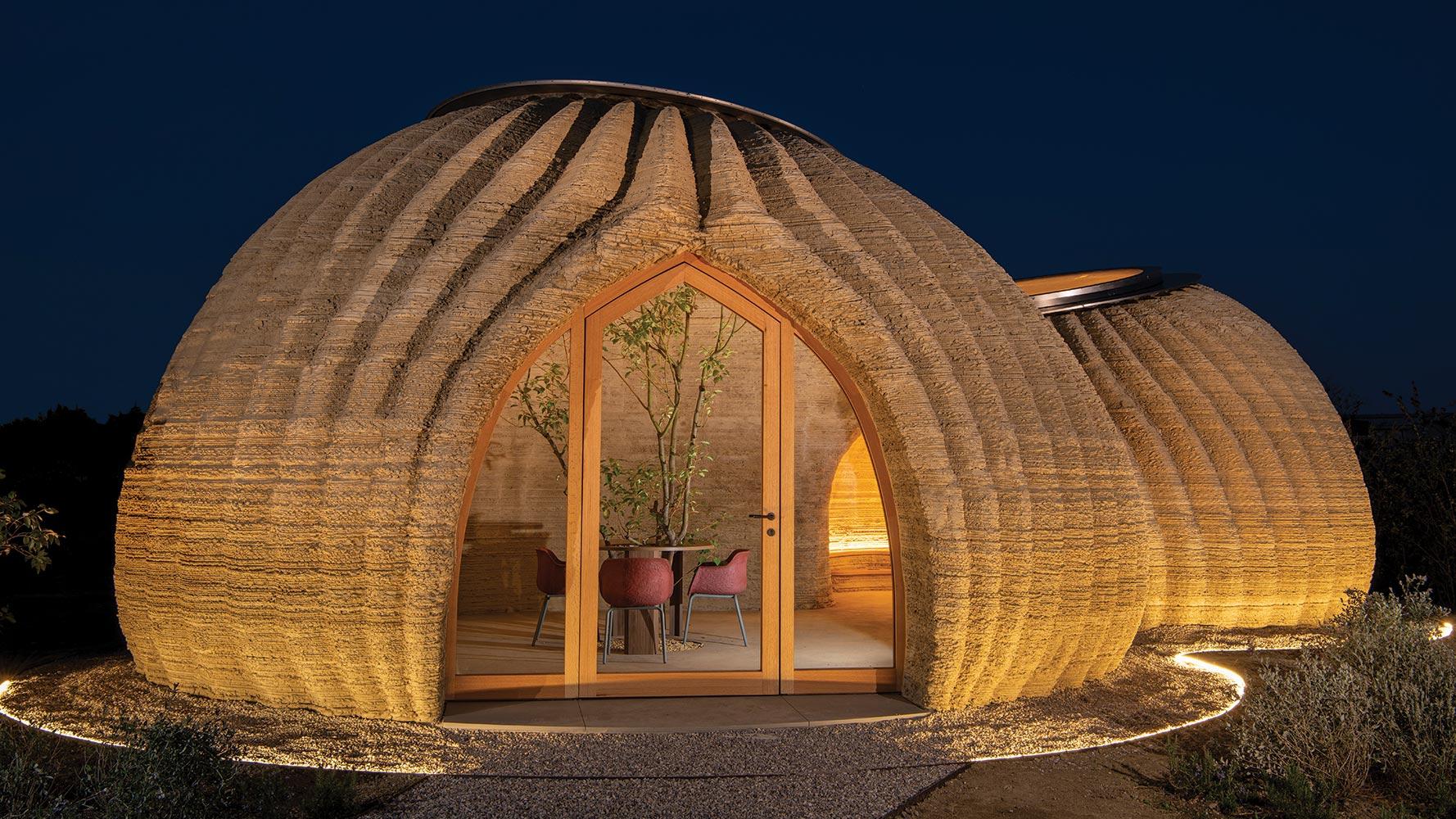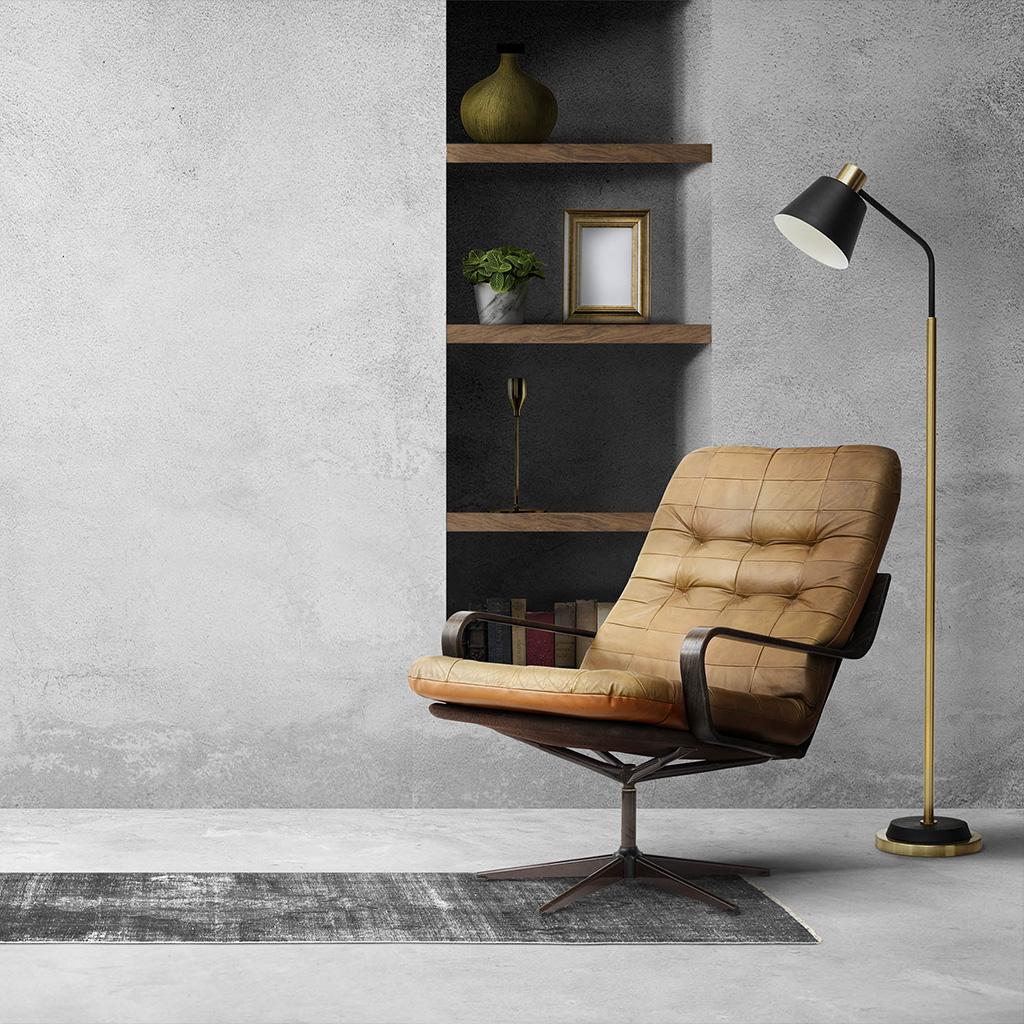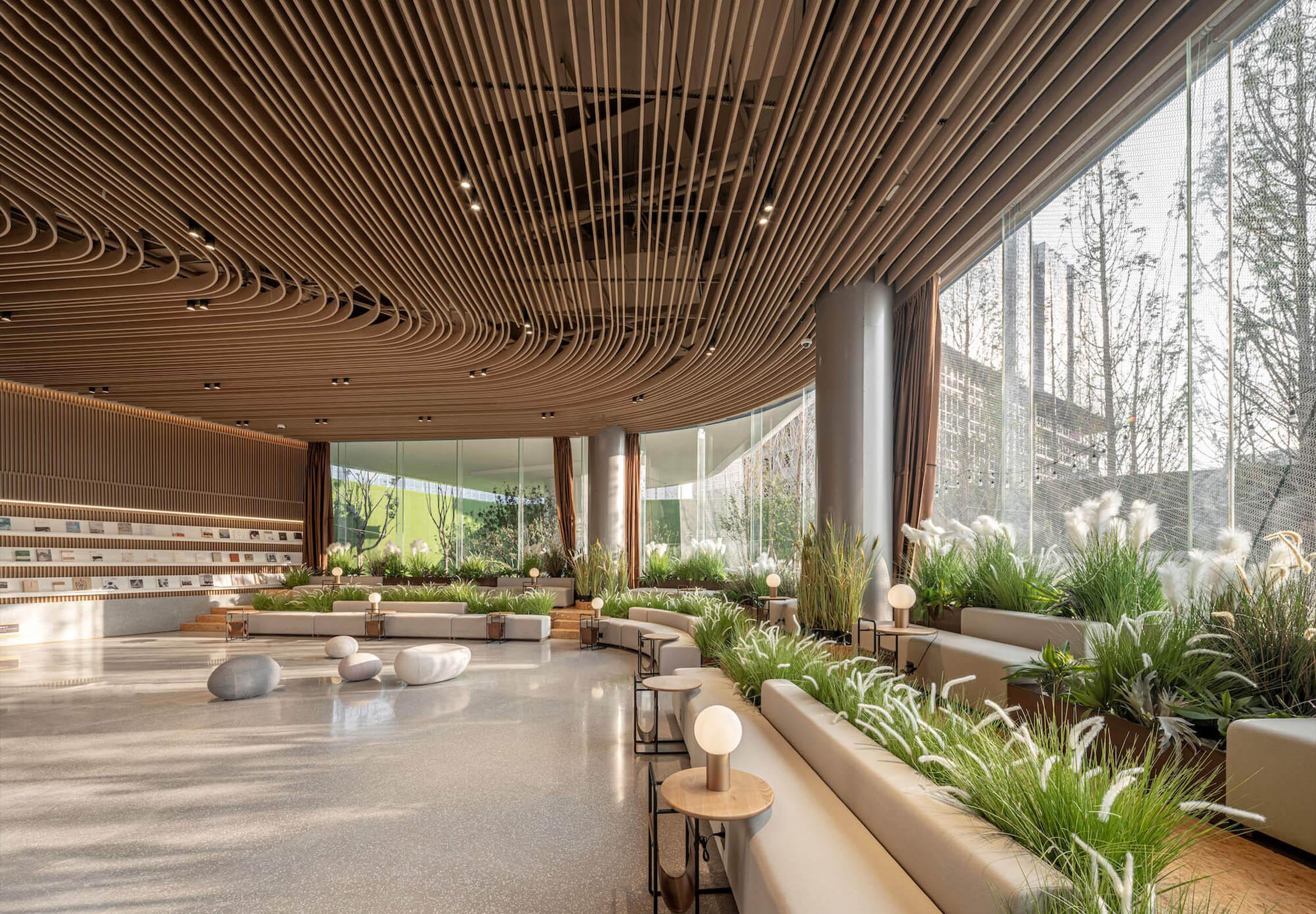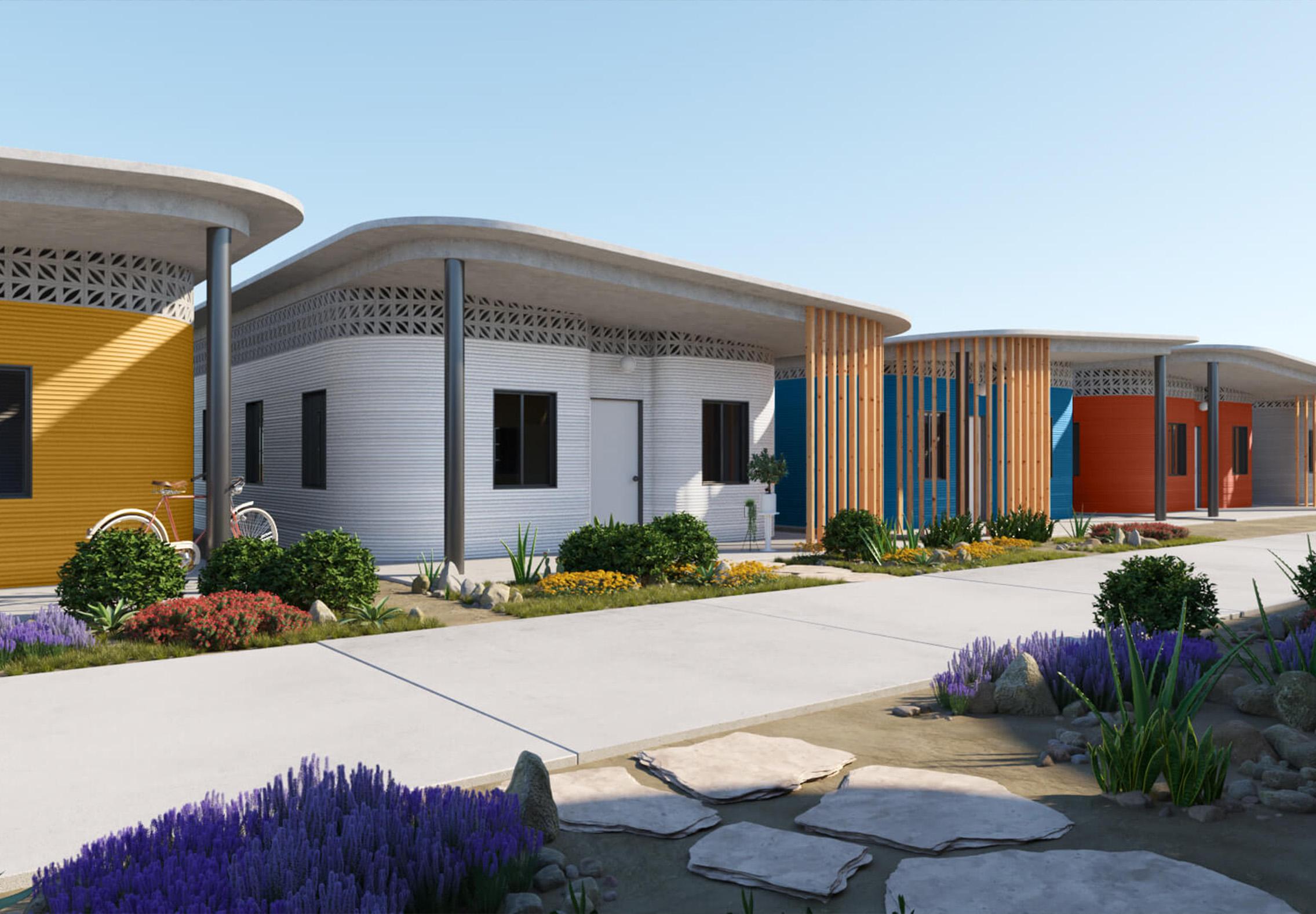
Written by: Farah Hassan
Date: 2023-06-13
How 3D Printing is Revolutionizing Construction
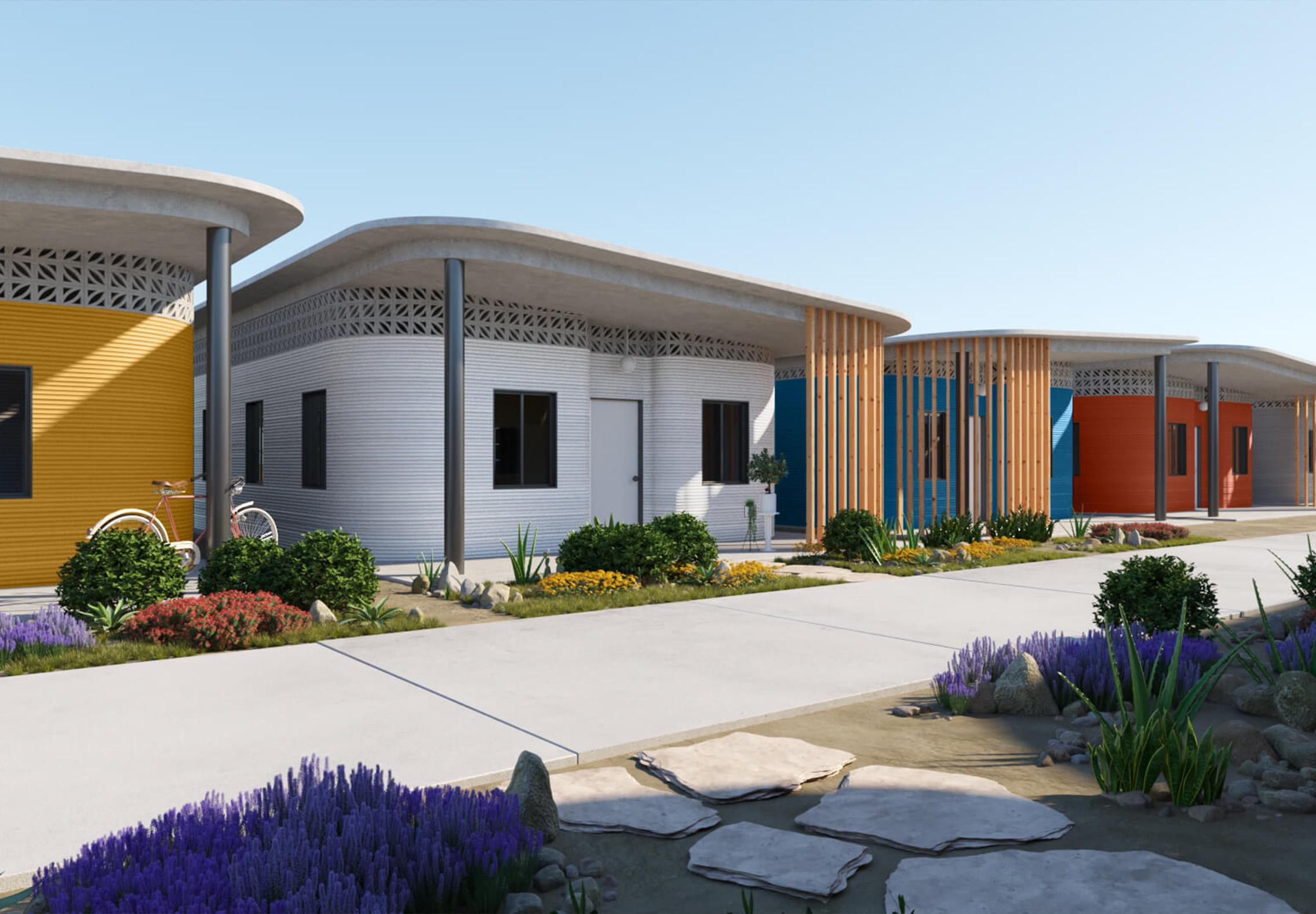
In the era of radical change, comes 3D printing homes
One of the three fundamental requirements of existence has been shelter since the beginning of time, and as the world has been collectively experiencing a housing crunch, with housing prices soaring and supply remaining static, would-be purchasers have been scrambling to find a place to call home. We are facing a global housing crisis, with over one billion people without proper shelter.
A new and improved 3D printing home technology has shown considerable potential in addressing the critical need for an environmentally conscious approach to home construction, as well as introducing greater efficiencies in speed and cost, all while yielding higher quality and more adaptable homes from the ground up.
The housing industry
According to a 2019 poll conducted by the Lincoln Institute of Land Policy (LILP), 90 percent of the 200 countries tabulated for the study were identified as unaffordable to live in in terms of average house price when compared to average income. The predicament does not appear to be improving, but rather worsening; the demise of the industry has been exacerbated by the impact of the epidemic, demonstrating that present practices are indeed unsustainable in the long run.
The United States, China, Australia, and the United Kingdom have seen substantial spikes in median house sale prices, and citizens in these countries, particularly those with lower incomes, have been driven to pay higher shares of their income for rented and purchased housing units, leading to a housing affordability crisis. As a result, the housing affordability crisis generates negative consequences arising at the individual household and macroeconomic levels. Studies suggest that households with housing affordability problems, in particular their children, are more likely to suffer from adverse outcomes on health, education, and employment.
Due to supply chain disruptions caused by both the pandemic and global inflation, and also due to a general increase in property demand, building supplies have become more expensive and pushed back in delivery, in addition to a shortage of staff and a drop in quality, making it impossible to keep up with insatiable demand.
![]()
A rising demand
When compared with conventional construction, 3D printing homes and the technology that goes with it design and build affordable homes at a breakneck pace, eliminating the need to consult with building departments, which are frequently quite bureaucratic. This revolutionary construction method makes construction safer and more practical. The concept of printing homes is part of the future builder's toolset; it is a considerably more sophisticated method of delivering housing faster, cheaper, and with greater freedom and possibilities to construct varied designs.
For those who are skeptical, 3D printers do not limit or hinder the imagination with mundane restrictions like human labor or cost, offering designers the flexibility to envisage a variety of concepts in the same way that advances in printing technology released visual artists from the tyranny of movable type. A significant part of what makes the design-build environment so fascinating today is that new building systems, materials, and construction processes are constantly introducing new options for designers and architects to engage and build in unconventional ways. Automation saves money, and the construction sector has been working for years to boost its performance.
It not only provides a high degree of planning reliability from the outset, but it also necessitates minimal coordination and monitoring work. Houses can take months or years to create using typical materials such as wood or brick, saving up to 60% of the time spent on the job and up to 80% in actual labor. In this regard, the automated process necessitates minimum oversight and no manual input, lowering the likelihood of design flaws and worker injuries.
Despite the fact that 3D printing is an automated process that can generate the same model again, it can also allow a great level of design flexibility. Because updates to the digital model are simple, and the system may be adjusted to suit each design; curved or straight walls, smooth or rough surfaces, flat or angled.
According to a study done by the consultancy firm McKinsey, over the past two decades this has grown at only a third of the rate of productivity in the world economy as a whole. Digitalization has been slower than in nearly any other trade. The industry is also plagued, in many places, by shortages of skilled labor and it is only expected to get worse. Hence, the technology of 3D printing could very well be a viable alternative for more efficient, sustainable and cost-effective mass housing solutions in the near future, positively impacting people’s lives and contributing to greener, healthier cities.
![]()
New opportunities for a brighter future
As of late, 3D printing homes has been utilized as a way to battle homelessness and aid disaster relief due to speed and affordability, and while there are still people who question the integrity of these 3D printed homes, but with the company’s hard work in advancing materials, technology and sustainability practices, innovation's opportunity will continue to outweigh and squander any doubts.
High resource and energy efficiency are frequently used interchangeably with sustainability. Although there is still a long way to go before 3D printing is completely eco-friendly, it does offer substantial environmental advantages, especially when compared to traditional methods.
If proven effective in the long run, 3D printing construction will likely spread beyond dwellings. There are other opportunities in warehousing, offices, and other commercial structures. In Germany, plans for a 3D-printed housing block were approved last year. The government of Dubai wants a quarter of new structures in the UAE to be 3D printed by 2030, and it is establishing a region on the outskirts of its eponymous capital to house 3D printing enterprises and their warehouses. The Middle East and Asia are also seeing an increase in the use of technology. Saudi Arabia also intends to deploy 3D printing technology to construct 1.5 million residences over the next decade. Furthermore, India's Ministry of Housing and Urban Affairs intends to use 3D printing to ease the country's housing shortages.
